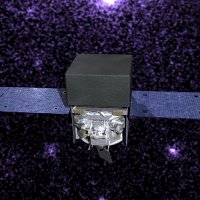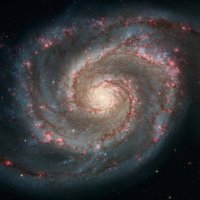
NASAFermi
@nasafermi
We've moved! Please follow us @NASAUniverse for the latest on NASA's Fermi Gamma-ray Space Telescope.
ID: 15009735
http://www.nasa.gov/fermi 04-06-2008 20:12:19
817 Tweet
60,60K Followers
30 Following








#FermiPeople! Meet Andrea Gokus, graduate student at Remeis Observatory (Dr. Karl Remeis-Observatory) and University of Wuerzburg. Andrea uses multi-wavelength observations to understand extreme events in active galaxies, when she is not playing cello for her band. 🎻






We are moving to NASA Universe real soon! Please continue our shared journey through the extreme energy universe by following NASA Universe. See you there! fermi.gsfc.nasa.gov 🚚




Congratulations NASAFermi and NASA Swift Observatory for enabling a new era in gamma-ray science! MAGIC telescopes 🔭🌠 and hesstelescopes have detected the highest energy light yet seen from Gamma-ray Bursts (GRBs) in two GRBs discovered by NASAFermi and NASA Swift Observatory. go.nasa.gov/37iwzkJ



